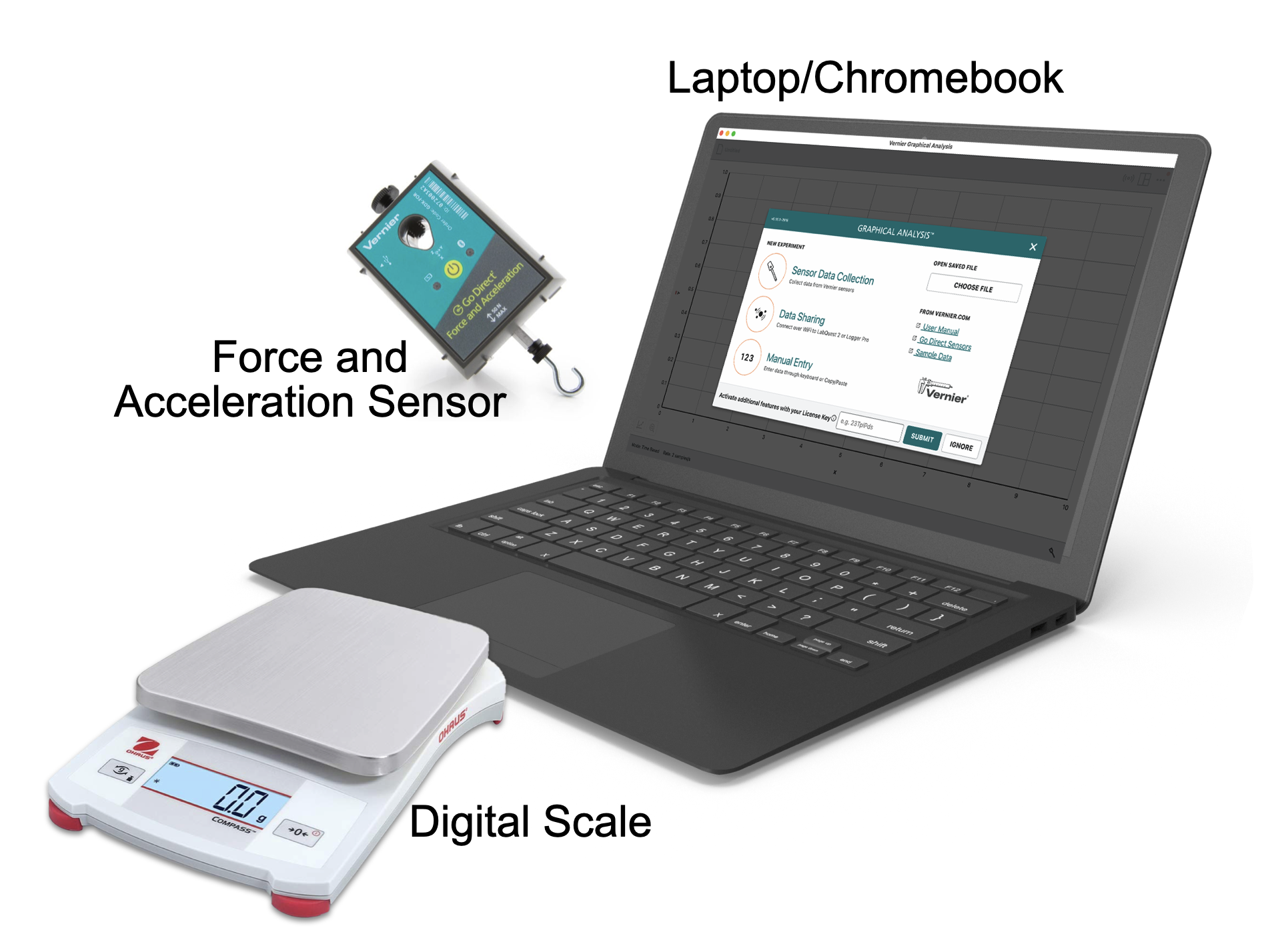Teacher Portal
Simple Machines
CELL Guide
CELL Guide
Simple Machines

LabLearner’s 3-D Approach to Scientific Inquiry
Phase 1 – Defined Understanding
The defined boundaries of this phase provide a framework for engaging parents and identifying students’ current knowledge of the key topic(s) explored in this CELL.
Phase 2 – Dynamic Understanding
Change, activity, and progress characterize the dynamic phase. Its design will enable you to enhance students’ existing skills, interests, and understanding, as well as meaningfully build new ones.
Phase 3 – Deeper Understanding
By this point, students have moved through powerful and purposeful tasks that had them actively and intentionally construct an understanding of concepts. In this final phase, students will consolidate knowledge and make deeper connections among ideas.
Phase 1 – Defined Understanding
► Questions to Investigate in this CELL
- How can simple machines change the force needed to lift a load?
- How does mechanical advantage relate to effort and load forces?
- How can simple machines change the force needed to lift a load?
- How does the relationship between the fulcrum, effort, and load affect the force needed to lift a load?
- How does mechanical advantage relate to effort and load forces and the lengths of effort and load arms?
- How can simple machines change the force needed to lift a load?
- How does the relationship between the fulcrum, effort, and load affect the force needed to lift a load?
- How does mechanical advantage relate to effort and load forces and the lengths of effort and load arms?
► Parent Newsletter
Encourage parents to connect to their child’s learning by providing them with a framework of the CELL. Use this link to access and share the Parent Newsletter.
► Baseline Assessment
Assess students’ current knowledge of the topic(s) being explored then set instructional and student learning goals. Use this link to schedule then invite students to take the Pre-test for the CELL.
Phase 2 – Dynamic Understanding
► Introduction and Fun Facts
Enhance your conceptual understanding by reading the student-level research on the topic(s) being explored. Use this link to access the research.
____________________________________________
► Links to Investigations
Go directly to the Investigation you are working on by clicking on a link below:
► Investigation 1
► Investigation 2
► Investigation 3
► CELL Vocabulary
- Force: a push or pull on an object
- Load force: the weight of the object being moved
- Load distance: the segment of string or cord between the pulley and the load
- Effort force: the amount of force required to move a load
- Effort distance: the segment of string or cord between the effort and the pulley in a pulley system
- Work: a force applied over a distance. Work is calculated by multiplying force times distance.
- Joule (J): the unit used to measure energy and work. One joule is equal to one newton-meter.
- Mechanical advantage: a value that describes the relationship between a load force and the effort force needed to move the load. Mechanical advantage can be calculated either as the ratio of load force to effort force or the ratio of effort arm length to load arm length.
- Effort arm: the section of the lever between the fulcrum and the effort in a lever system
- Load arm: the section of the lever between the fulcrum and the load in a lever system
► Access Scoring Rubric
Examine the scoring rubric for this CELL so that you know what your teacher is looking for in terms of performance.
Tips for Success:
Google Classroom
Phase 3 – Deeper Understanding
►Deep Analysis Classroom Discussion
These questions can be used to elicit in-depth discussions based on the lab experience. Teachers may use any or all of these discussion points depending on the time available. All Investigations‘ Deep Analysis questions as well as the Comprehension Check for the entire CELL are found on this link.
► Summative Assessment
Evaluate student learning at the end of the CELL by comparing the Summative Assessment to students’ Baseline Assessments. Use this link to schedule then invite students to take the Post-test for the CELL.

